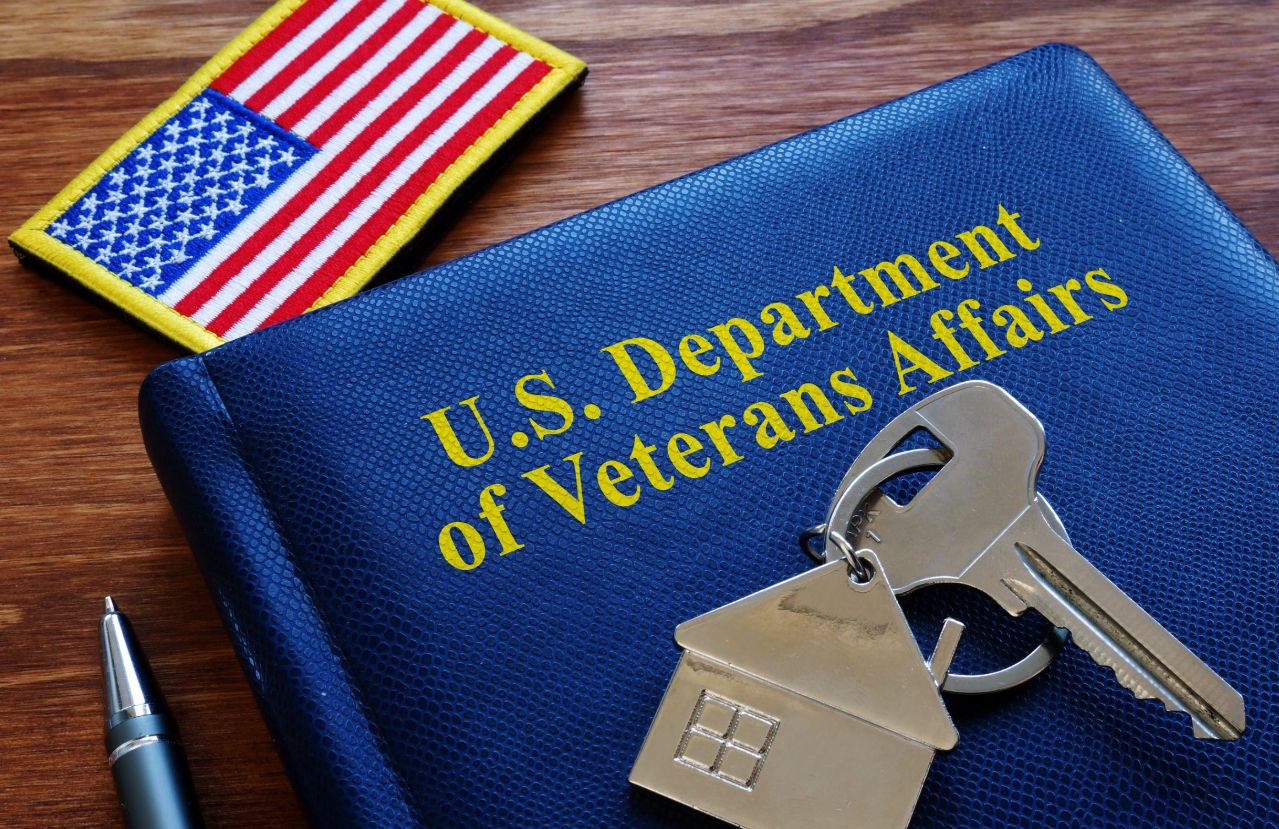Introduction
The path to homeownership can be fraught with obstacles, particularly for veterans and service members who have faced financial hardship. One significant challenge is obtaining a VA loan after filing for Chapter 7 bankruptcy. Understanding the intricacies of the VA loan program and the specific requirements following a Chapter 7 discharge can help veterans and their families regain financial stability and achieve the dream of homeownership.
Understanding Chapter 7 Bankruptcy
Chapter 7 bankruptcy, often referred to as “liquidation bankruptcy,” allows individuals to discharge most of their unsecured debts, such as credit card balances and medical bills. The process involves selling off non-exempt assets to pay creditors and typically lasts about three to six months. While Chapter 7 can provide a fresh financial start, it significantly impacts a person’s credit score and remains on their credit report for up to ten years.
Overview of the VA Loan Program
The VA loan program, established by the Department of Veterans Affairs, aims to help veterans, active-duty service members, and eligible spouses achieve homeownership. VA loans are known for their favorable terms, including no down payment, competitive interest rates, and no private mortgage insurance (PMI) requirement. These benefits make VA loans an attractive option for eligible borrowers, especially those who have faced financial difficulties.
Waiting Period After Chapter 7 Discharge
One of the critical factors in obtaining a VA loan after Chapter 7 bankruptcy is the waiting period. The VA requires a minimum of two years to pass from the date of the Chapter 7 discharge before a veteran can be eligible for a VA loan. This period allows borrowers to rebuild their credit and demonstrate financial responsibility. However, under certain circumstances, this waiting period can be reduced to one year if the borrower can prove that the bankruptcy was caused by extenuating circumstances beyond their control and that they have since demonstrated an ability to manage their finances responsibly.
Rebuilding Credit Post-Bankruptcy
Rebuilding credit is essential for veterans who wish to obtain a VA loan after Chapter 7 bankruptcy. Here are several steps to help improve creditworthiness:
- Timely Bill Payments: Consistently paying all bills on time is crucial. This includes rent, utilities, and any remaining debts.
- Secured Credit Cards: Obtaining a secured credit card can help rebuild credit. These cards require a cash deposit as collateral, which reduces the risk for the issuer and helps the cardholder establish a positive payment history.
- Credit Builder Loans: Some financial institutions offer credit builder loans designed to help individuals improve their credit. Borrowers make fixed monthly payments, and the lender reports these payments to the credit bureaus.
- Monitor Credit Reports: Regularly reviewing credit reports from the major credit bureaus (Equifax, Experian, and TransUnion) ensures accuracy and helps identify any errors that need to be disputed.
- Limit New Credit Applications: Avoiding excessive applications for new credit can prevent further damage to the credit score. Each application results in a hard inquiry, which can negatively impact the credit score.
VA Loan Eligibility Requirements
Beyond the waiting period and credit score, veterans must meet several eligibility criteria to qualify for a VA loan. These include:
- Service Requirements: Veterans must meet specific service requirements, such as having served 90 consecutive days of active duty during wartime, 181 days during peacetime, or six years in the National Guard or Reserves.
- Certificate of Eligibility (COE): Obtaining a COE from the VA is necessary to verify entitlement. This document confirms that the borrower meets the service requirements and outlines the amount of entitlement available.
- Income and Employment: Lenders will assess the borrower’s income and employment history to ensure they have a stable source of income and can afford the mortgage payments. The VA does not set a minimum income requirement, but lenders typically look for a two-year employment history.
- Debt-to-Income (DTI) Ratio: The DTI ratio compares monthly debt payments to gross monthly income. While the VA does not set a maximum DTI ratio, lenders generally prefer a ratio of 41% or lower.
The Role of the VA Loan Guaranty

One of the most significant advantages of the VA loan program is the VA loan guaranty. The VA guarantees a portion of the loan, which reduces the lender’s risk and allows them to offer more favorable terms. This guaranty can be especially beneficial for borrowers who have faced financial difficulties, such as Chapter 7 bankruptcy, as it provides lenders with additional assurance.
Working with Lenders
Finding a lender experienced with VA loans and familiar with the challenges of post-bankruptcy borrowers is crucial. These lenders can offer valuable guidance and help navigate the application process. It’s essential to shop around and compare offers from multiple lenders to ensure the best terms and conditions.
Preparing for the VA Loan Application
Preparation is key when applying for a VA loan after Chapter 7 bankruptcy. Here are steps to take before submitting an application:
- Gather Documentation: Collect necessary documents, including the COE, proof of income, employment history, and any documentation related to the bankruptcy.
- Save for Closing Costs: While VA loans do not require a down payment, borrowers are responsible for closing costs. Saving for these expenses can prevent additional financial strain.
- Pre-Approval: Obtaining pre-approval from a lender can give borrowers a clear understanding of their budget and demonstrate to sellers that they are serious buyers.
The Importance of Financial Counseling
Financial counseling can be an invaluable resource for veterans recovering from bankruptcy. Many organizations offer free or low-cost counseling services to help individuals create a budget, manage debt, and improve their credit. The VA also provides financial counseling through its Financial Counseling Program, which can assist veterans in understanding their financial situation and making informed decisions.
Common Misconceptions
There are several misconceptions about obtaining a VA loan after Chapter 7 bankruptcy:
- Myth: Bankruptcy Permanently Disqualifies Borrowers: Some believe that bankruptcy permanently disqualifies them from obtaining a VA loan. In reality, many veterans successfully secure VA loans after Chapter 7 discharge, provided they meet the necessary criteria.
- Myth: High Interest Rates: Another misconception is that post-bankruptcy borrowers will face excessively high interest rates. While interest rates may be slightly higher initially, rebuilding credit can lead to more favorable rates over time.
- Myth: No Chance for Approval: Many assume that lenders will automatically reject their application due to the bankruptcy. However, demonstrating financial responsibility and meeting eligibility requirements can significantly increase the chances of approval.
Success Stories
Hearing success stories can be inspiring for veterans facing similar challenges. For instance, a veteran who filed for Chapter 7 bankruptcy due to medical bills might share how they rebuilt their credit, saved for closing costs, and ultimately purchased a home using a VA loan. These stories highlight the resilience and determination of veterans and show that homeownership is achievable despite past financial difficulties.
Conclusion
Obtaining a VA loan after Chapter 7 bankruptcy is not without its challenges, but it is certainly possible with the right approach and determination. By understanding the waiting period, rebuilding credit, meeting eligibility requirements, and working with knowledgeable lenders, veterans can overcome financial obstacles and achieve the dream of homeownership. The VA loan program’s unique benefits and support make it a valuable resource for veterans striving to rebuild their lives and secure a stable, prosperous future.
